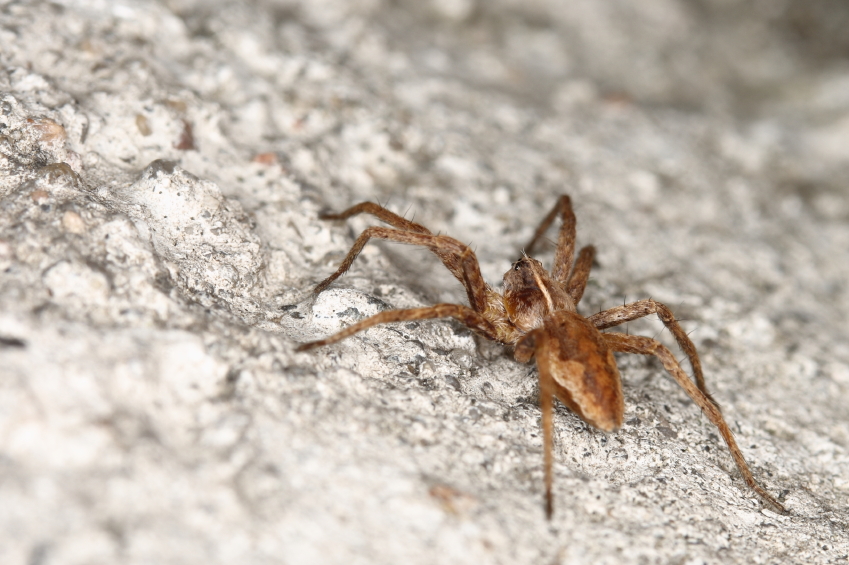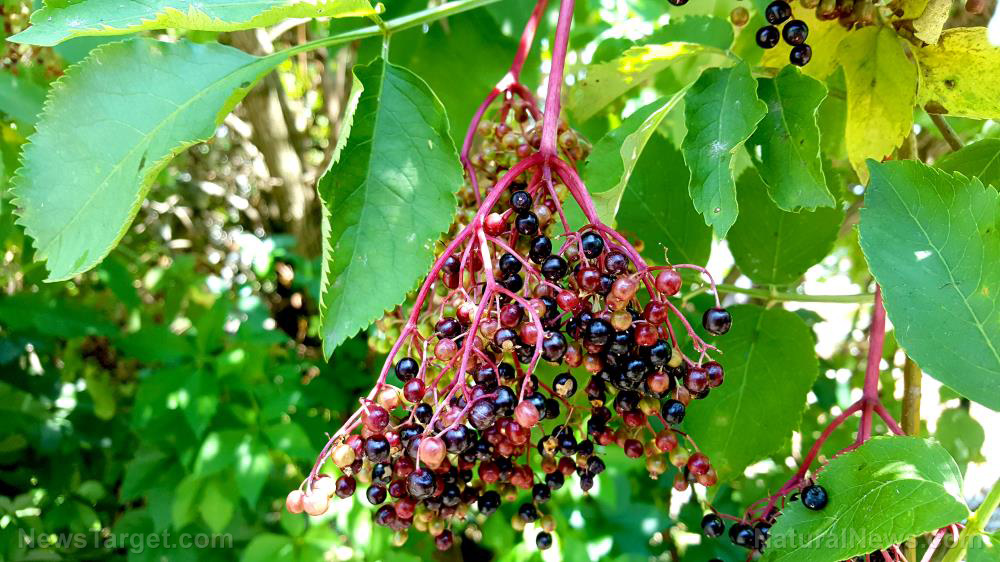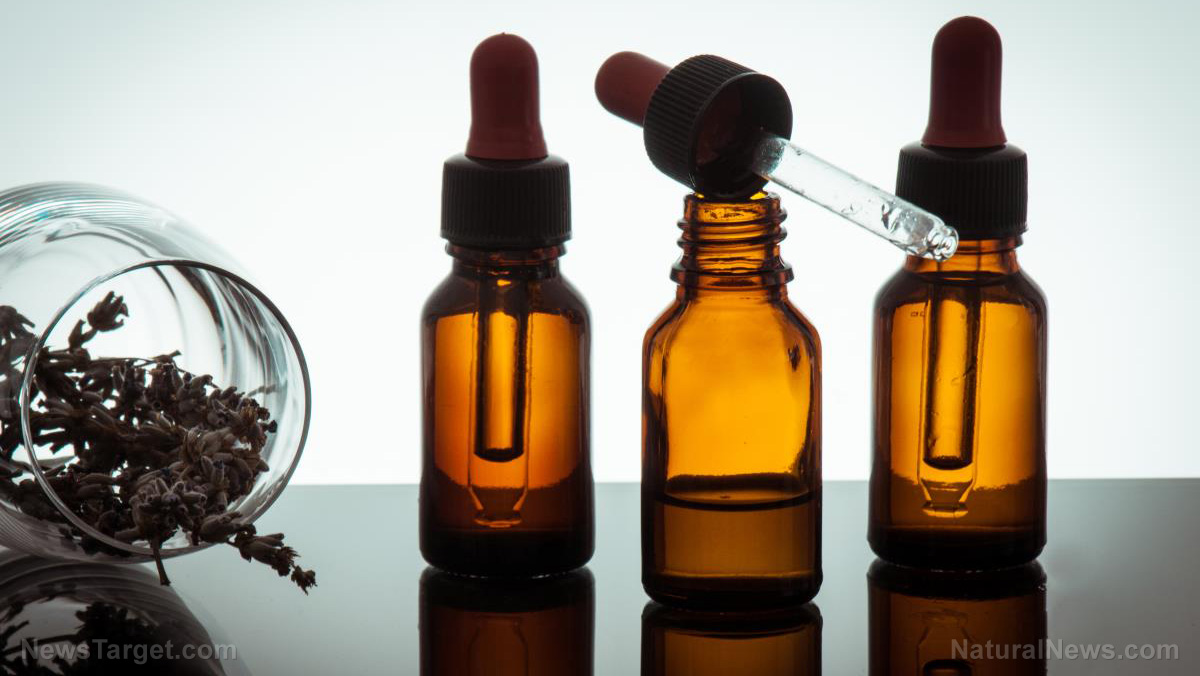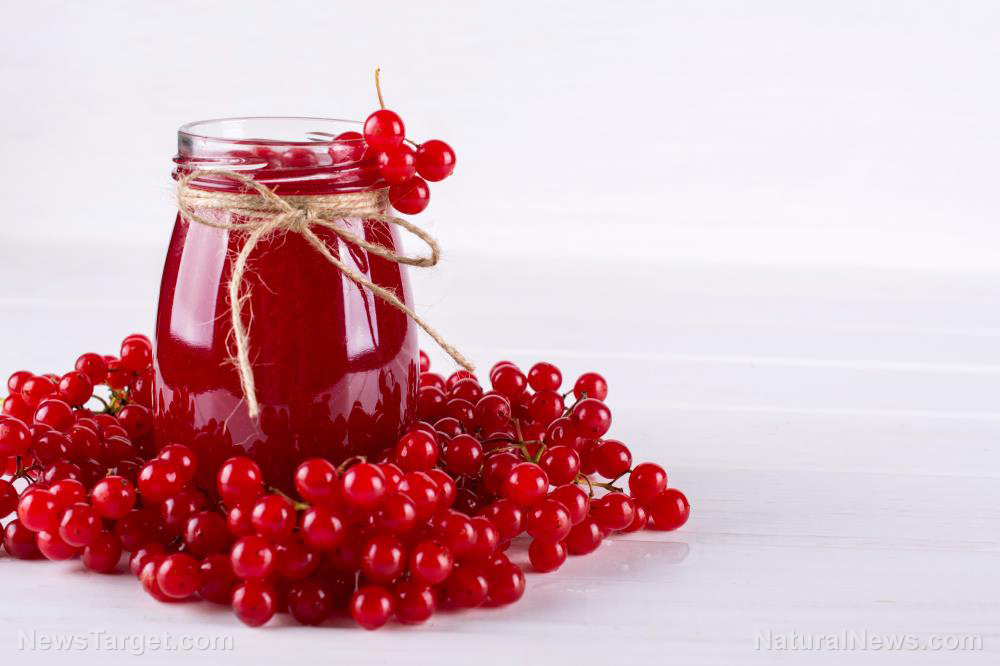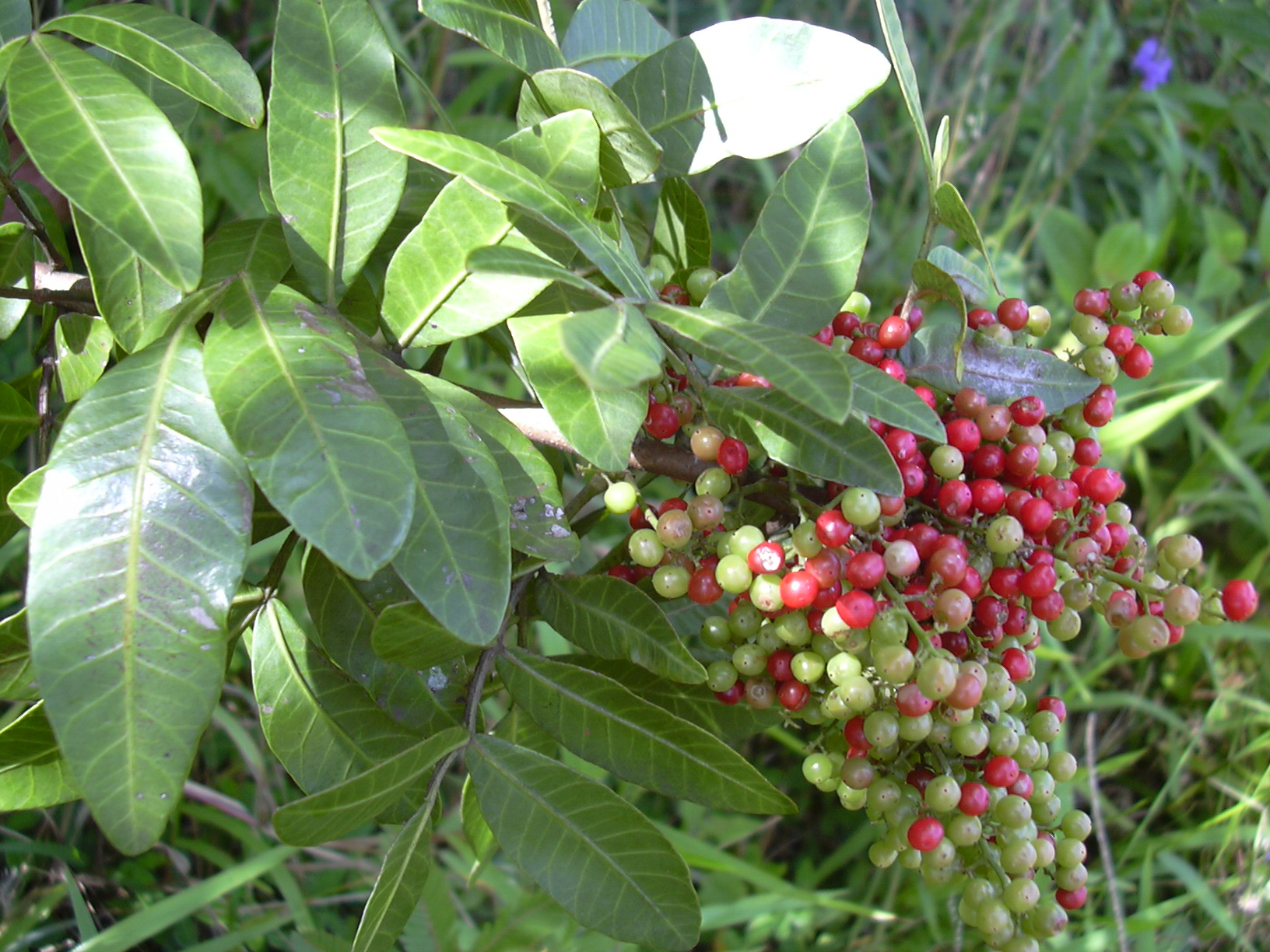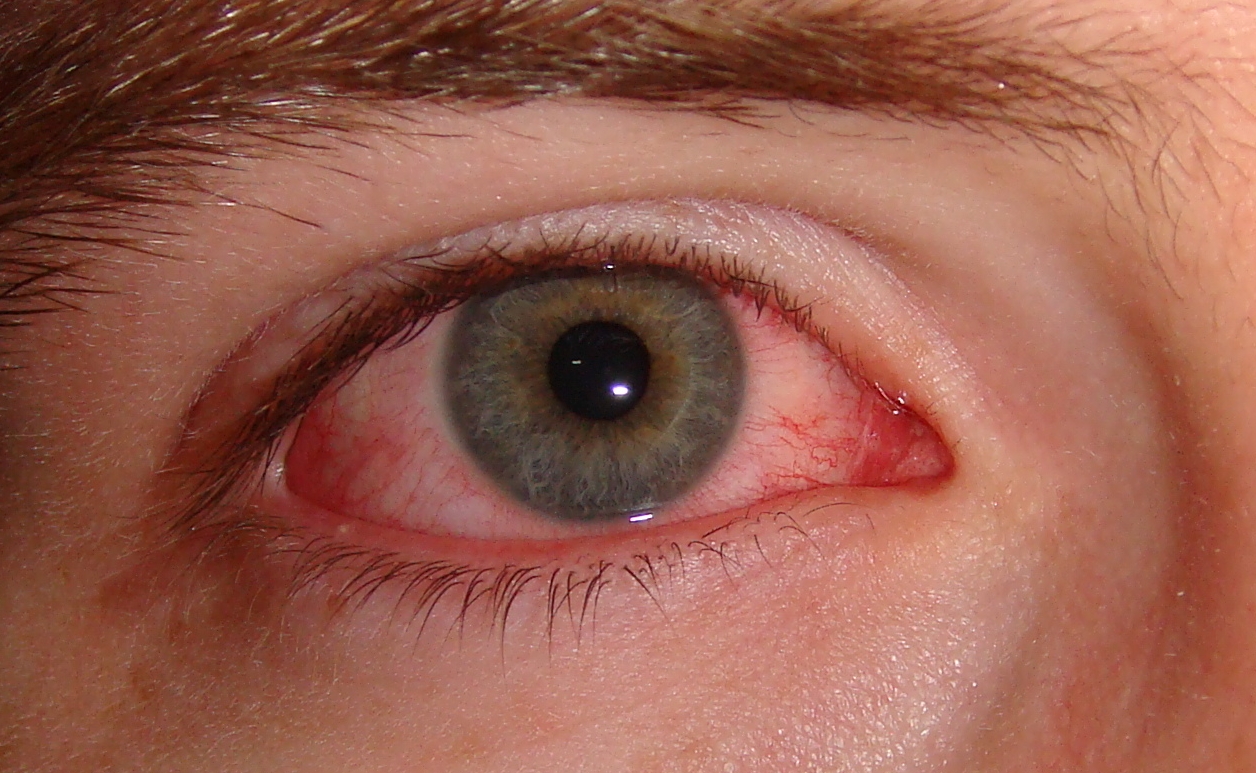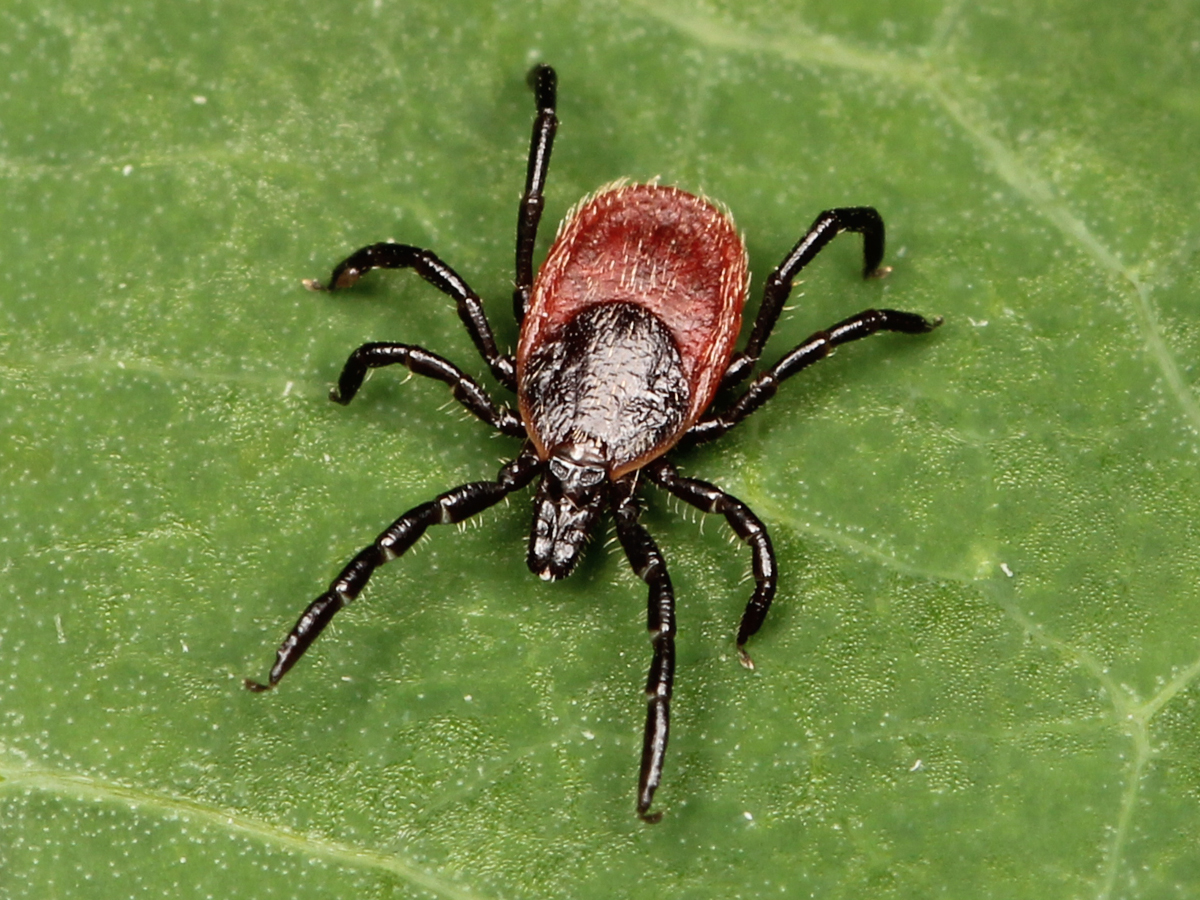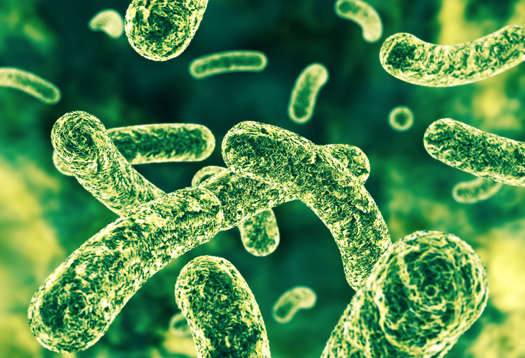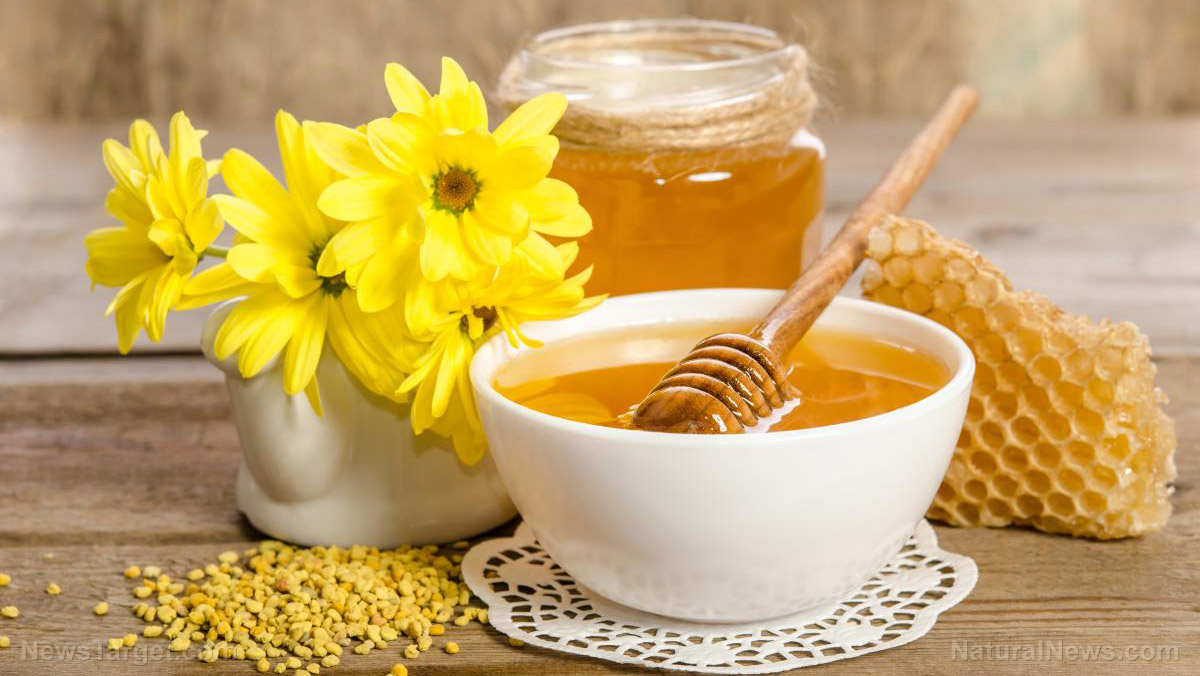Preventing liver steatosis with five-flavor fruit
03/19/2019 / By Michelle Simmons
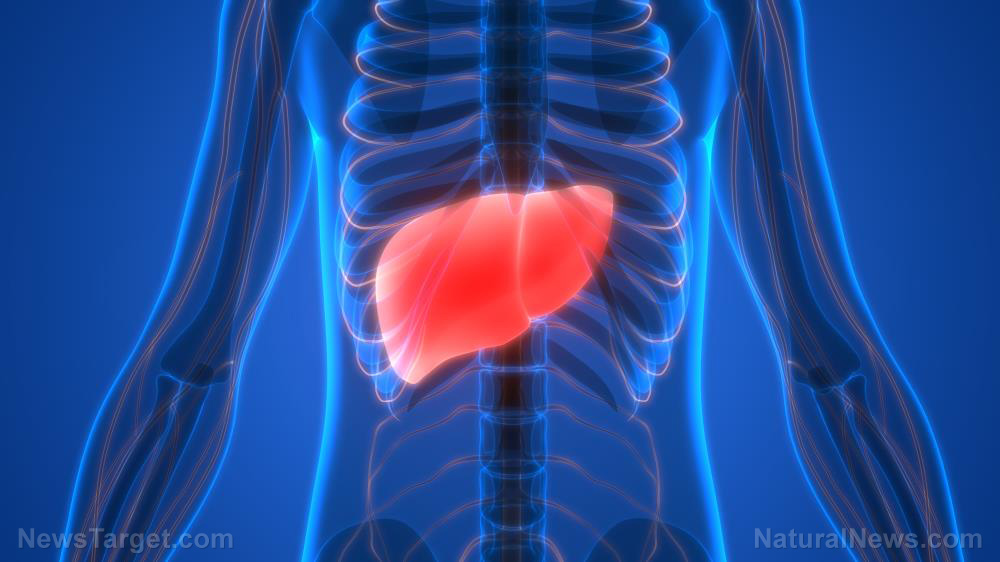
A team of researchers from Korea Food Research Institute and the University of Science & Technology in South Korea suggests that five-flavor fruit (Schisandra chinensis) can be used as a therapeutic agent for the prevention of steatosis or fatty liver. The researchers assessed the effects of five-flavor fruit extract on fatty liver in lab and clinical trials.
- The research team hypothesized that fatty liver could be reduced by the hypolipidemic activity of five-flavor fruit extract through the inhibition of histone acetyltransferase (HAT) activity.
- To test this hypothesis, the team treated HepG2 cells – the human liver cancer cell line – with five-flavor fruit extract in a lab trial.
- The results showed that five-flavor fruit extract treatment reduced oleic acid-induced lipid accumulation, as well as inhibited HAT activity.
- In a clinical trial, they fed obese mice with either a low-fat diet or a high-fat Western diet. Then, they supplemented mice with one percent five-flavor fruit extract.
- The results revealed that supplementation with five-flavor fruit extract reduced the body and liver weights of mice.
- The five-flavor fruit extract treatment also reduced liver fat accumulation and lipogenic gene expression and inhibited HAT activity.
The findings of the study, which were published in the journal Nutrition Research, suggested that five-flavor fruit extract may be used to prevent lipid accumulation in the liver.
To read more studies on naturally preventing fatty liver, visit LiverDamage.news.
Journal Reference:
Chung MY, Shin EJ, Choi HK, Kim SH, Sung MJ, Park JH, Hwang JT. SCHISANDRA CHINENSIS BERRY EXTRACT PROTECTS AGAINST STEATOSIS BY INHIBITING HISTONE ACETYLATION IN OLEIC ACID–TREATED HEPG2 CELLS AND IN THE LIVERS OF DIET-INDUCED OBESE MICE. Nutrition Research. October 2017; 46: 1-10. DOI: 10.1016/j.nutres.2017.07.002
Tagged Under: alternative medicine, fatty liver, five-flavor berry, five-flavor fruit, food as medicine, foodcures, herbal medicine, Herbs, lipid accumulation, liver health, magnolia berry, medicinal plants, natural cures, natural healing, natural medicine, natural remedies, Schisandra chinensis, steatosis

